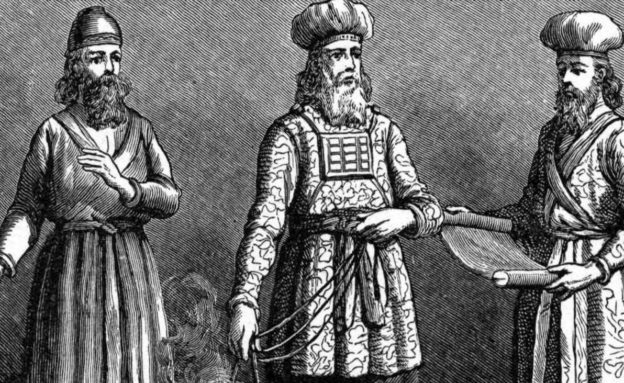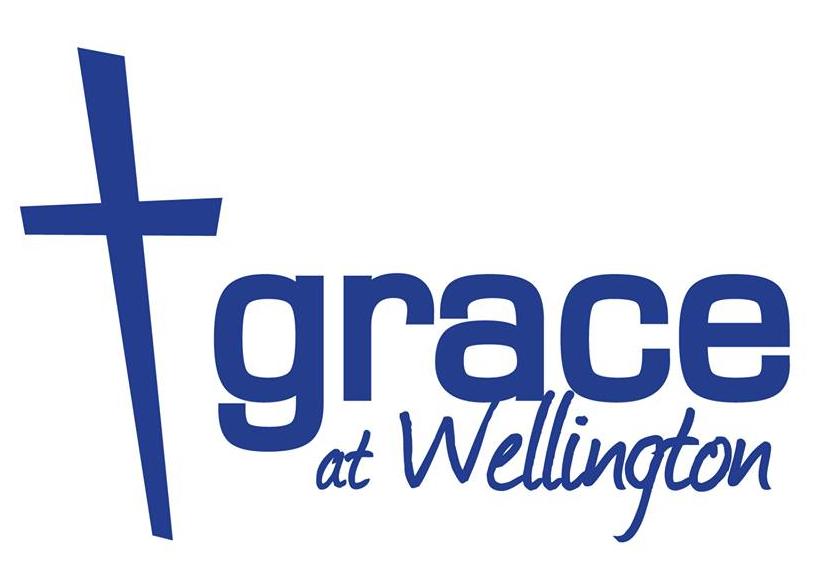When people take on a new role, there are sometimes ceremonies involved. Vows are made, sometimes special clothes are worn, and then there is cake. This happens when a new Governor-General is appointed, or in the Church when pastors and elders are installed (except we probably go for sausage rolls rather than cake).
The same ceremonies were needed for Aaron and his sons as they took on the office of Priest for God’s People. Standing as their representatives before God, and serving in holy places, the priests needed to be properly ordained. In this passage we see the materials needed, the ceremony, and the cleansing offerings which were associated with their role. Through this, we see a picture of Christ’s priestly ministry, and our own ministry as priests in the New Covenant.
Firstly God instructed Moses on the materials he would need for the ceremony. Sacrifices were required (v.1), along with “unleavened bread, unleavened cakes mixed with oil, and unleavened wafers smeared with oil. You shall make them of fine wheat flour” (v.2).
The animals were in their prime of life, without blemish, and represented the very best of what Israel had to give to God. These animals and the unleavened bread (perhaps referring back to the Exodus, or the “corrupting” effect of leaven) were offerings for God as part of the ordination ritual.
The actual ordination required an elaborate series of steps to separate Aaron and his sons symbolically from their old lives, and prepare them for the new. Firstly, Moses was to take “Aaron and his sons to the entrance of the tent of meeting and wash them with water” (v.4). This ritually cleansed them of all unclean things which made them unfit to enter into, and touch, the holy things of God.
Next, they were to put on new clothes in keeping with their office. Moses was to “take the garments, and put on Aaron the coat and the robe of the ephod, and the ephod, and the breastpiece, and gird him with the skillfully woven band of the ephod… [and] set the turban on his head and put the holy crown on the turban” (vv.5-6). These clothes, discussed previously, set Aaron apart as the High Priest.
Then Moses was to “take the anointing oil and pour it on [Aaron’s] head and anoint him” (v.7). The anointing oil was reserved only for Aaron as High Priest because of the special tasks set for him, such as entering into the Most Holy Place once a year.
Following this, Aaron’s sons were clothed with their own priestly robes, and thus they were ordained for the priesthood, as would be their sons after them (vv.8-9).
However, the process did not end there. Three sacrifices were still required to complete the ceremony.
Firstly, after Aaron and his sons laid hands on it, a bull was sacrificed at the entrance to the Tabernacle (vv.10-11). Moses dabbed the bull’s blood on the horns of the altar and poured more blood at the base (v.13). The fat and tastiest parts of the bull were burned on the altar as God’s portion, while the remains were burnt outside the Israelite camp (v.14).
This sacrifice was a sin offering, where the sins were transferred through the laying of hands and the beast sacrificed for them. As it burned on the altar, it represented the punishment due to them for their sins.
Next was a ram, which after laying on of hands was killed, with the blood splashed on the altar and the whole animal after being cut up and cleaned was burnt as an offering to God (vv.15-18). This animal served as a sin offering for Aaron and the priests.
Thirdly, the remaining ram was sacrificed (vv.19-20). This time, some of the blood was applied to Aaron and the priests’ right ear, thumb, and toe. Finally, some of the ram’s blood thrown into the altar was mixed with anointing oil and sprinkled on the priestly garments, to ritually purify them all for holy service (v.21). This was the ram of ordination.
These sacrifices ordained Aaron and the priesthood for God’s service. Jesus too was ordained a priest, after the order of Melchizedek (Heb. 7:17). Though sinless, Jesus still submitted to the cleansing ritual of John’s Baptism, anointed by the Holy Spirit descending on him like a dove (Matt. 3:13-17). Through his own blood, he ransomed us from our sins (1 Pet. 1:18-19), once for all and without the need for sacrifices for his own sins first (Heb. 7:27).
Because of Jesus’ High Priestly ministry and sacrifices, God has made all of us as members of the New Covenant administration of Grace his priests (1 Pet. 2:9). He has washed us clean through the washing of regeneration (sacramentally signalled in Baptism), clothed us in new robes of Christ’s righteousness, and cleansed us through Christ’s atoning sacrifices. Established as priests, we are all called to serve God in his Holy Sanctuary, the Church, through offering our lives as a living sacrifice.


